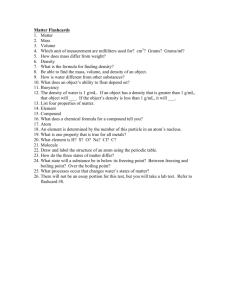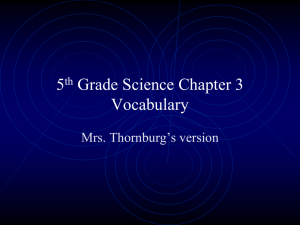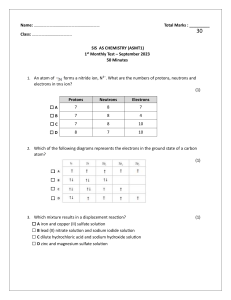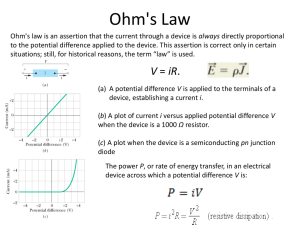Name: Date: Per:______ 3 week exam review: Bonding (Your test
advertisement
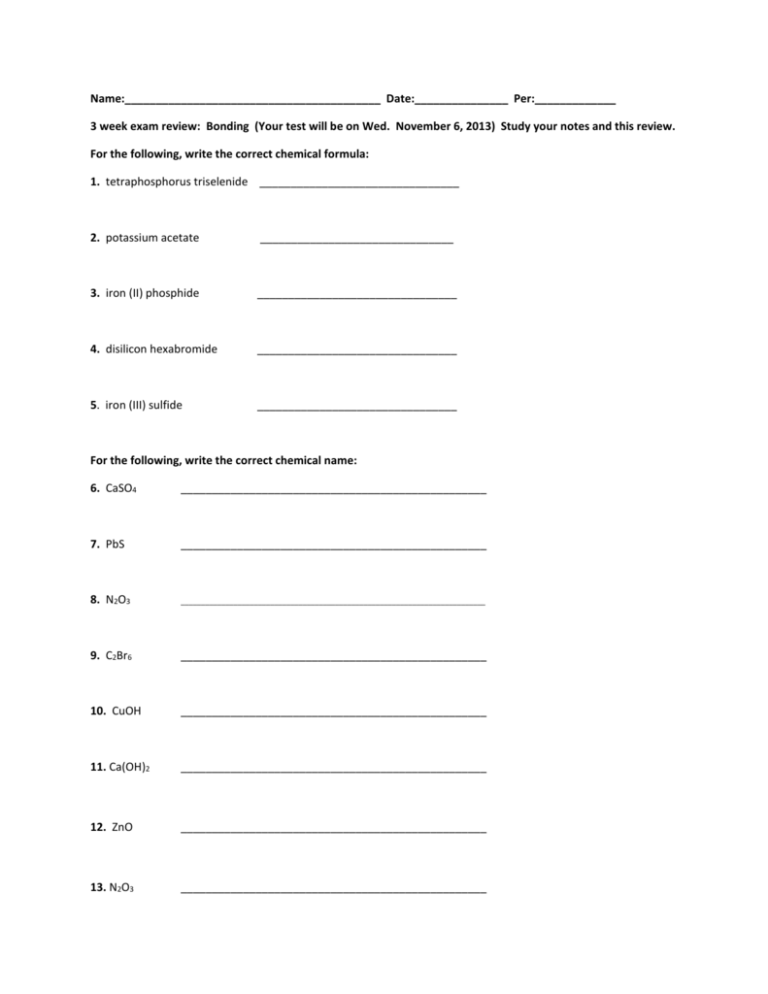
Name:_________________________________________ Date:_______________ Per:_____________ 3 week exam review: Bonding (Your test will be on Wed. November 6, 2013) Study your notes and this review. For the following, write the correct chemical formula: 1. tetraphosphorus triselenide ________________________________ 2. potassium acetate _______________________________ 3. iron (II) phosphide ________________________________ 4. disilicon hexabromide ________________________________ 5. iron (III) sulfide ________________________________ For the following, write the correct chemical name: 6. CaSO4 _________________________________________________ 7. PbS _________________________________________________ 8. N2O3 ___________________________________________________________________________ 9. C2Br6 _________________________________________________ 10. CuOH _________________________________________________ 11. Ca(OH)2 _________________________________________________ 12. ZnO _________________________________________________ 13. N2O3 _________________________________________________ 14. A molecular compound (covalent bond) is formed when a chemical reaction occurs between atoms of (a) chlorine and sodium (c) chlorine and yttrium (b) oxygen and hydrogen (d) oxygen and magnesium 15. What is the formula for a compound formed when aluminum reacts with chlorine? ____________________ 16. Which one of the following is correct? ______________ a.) CuO, copper oxide c.) MgPO4, magnesium phosphate b.) Al3(SO3)2, aluminum sulfate d. )Na2Cr2O7, sodium dichromate 17. Draw the Lewis Dot Diagram for Nitrogen? 18. What is the charge of the polyatomic ion, phosphate? _________________ 19. Element X reacts with chlorine to form an ionic compound that has the formula XCl2. To which group on the Periodic Table could element X belong? ________________________ 20. Which atom attains a stable valence electron configuration by bonding with another atom: neon, helium, radon, or hydrogen? _________________________ 21. An _____________________bond can be formed when one or more electrons are transferred from the valence shell of one atom to the valence shell of another atom. 22. Which of the following Lewis electron-dot diagram represents an ionic compound 23. How many electron pairs shared between the two atoms in an O2 molecule?

